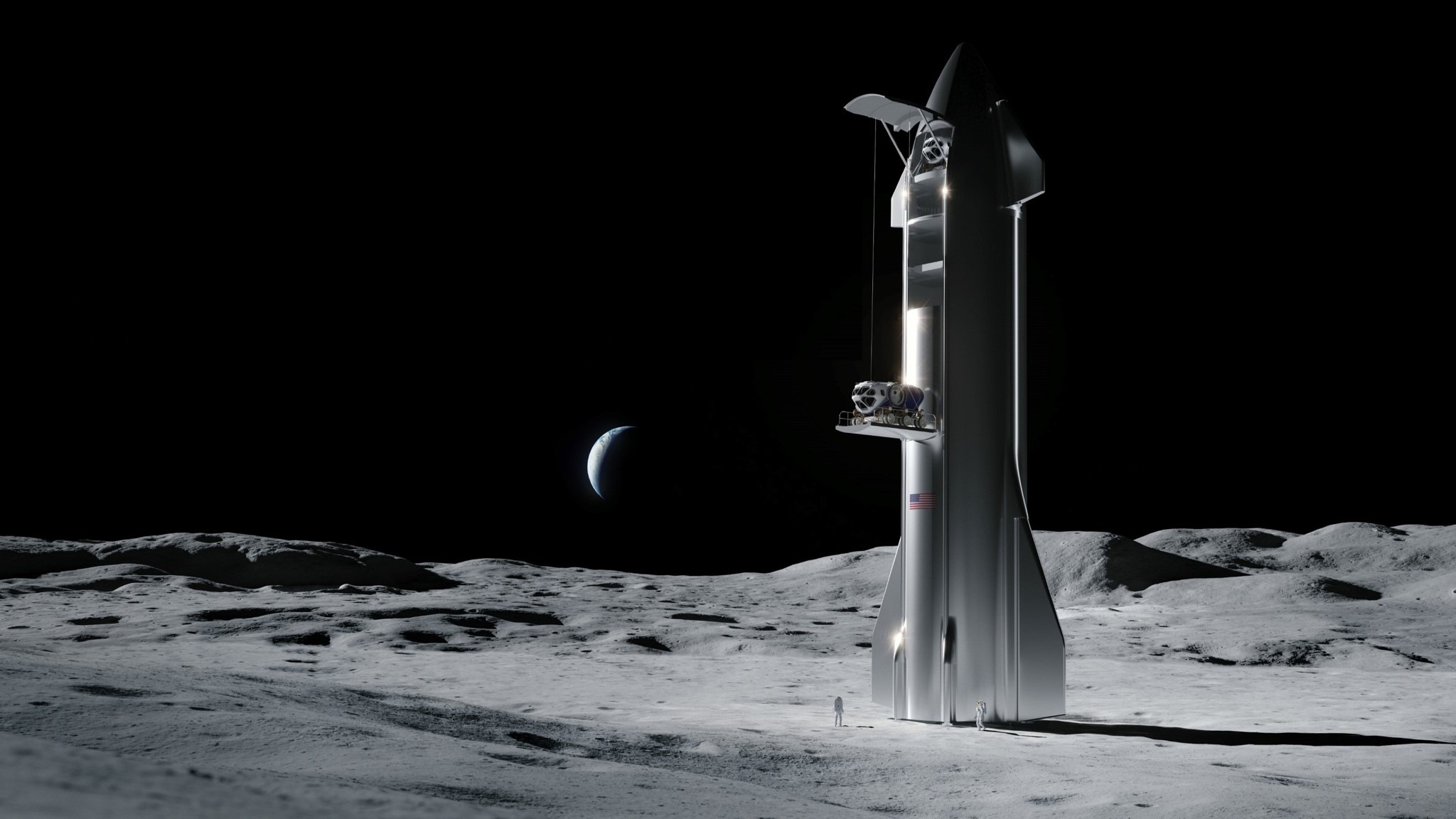SpaceX and NASA are actively improving docking techniques for future lunar missions, in particular for Artemis III. In recent weeks, the two organizations have conducted more than 200 docking tests using Starship, a landing system that will be used to deliver astronauts to the surface of the Moon.

NASA engineers used equipment from the Starship lander and the Orion orbiter to simulate various docking conditions. The testing was carried out for 10 days, with real results, which were verified by computer models of the docking.
Artemis III provides for the use of two spacecraft: the Orion capsule to deliver astronauts to lunar orbit and the Starship lander to land astronauts at the south pole of the Moon. After that, NASA plans to create a permanent settlement to exploit the potential resources of water ice.
An important aspect of the tests was the belief that SpaceX’s soft-grip system could interact with the Orion capsule. The goal is to make sure that the SpaceX system can interact with the Orion passive system.
Although SpaceX has its challenges, in particular the unsuccessful test launches of the Super Heavy rocket in 2023, NASA has recognized the company’s significant progress. Recently, SpaceX has completed more than 30 stages of development related to equipment, including power generation, development of guidance and navigation systems, as well as mechanisms for movement, life support and protection from the space environment.
Artemis III was postponed to 2026. In particular, due to delays on the part of the Starship tests. However, SpaceX is actively working to solve the problems, and NASA expresses confidence in the possibilities of a successful completion of the Artemis mission.
Earlier, we reported on how astronauts prepared for a mission to the moon.
According to Space
Follow us on Twitter to get the most interesting space news in time
https://twitter.comne/ust_magazine


